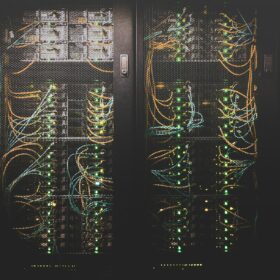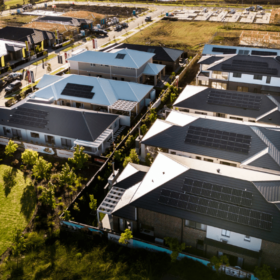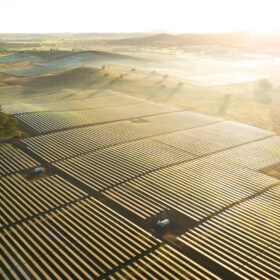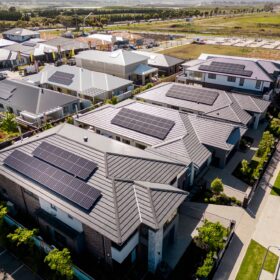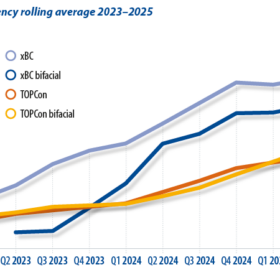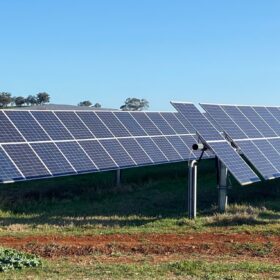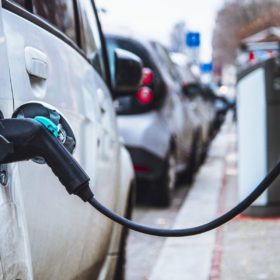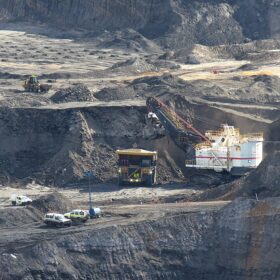Uniting IT and OT: Infrastructure shift powering the AI era
For years, information technology (IT) and operational technology (OT) have run on parallel tracks. IT managed the digital world – servers, networks, cybersecurity – while OT managed the physical – power, cooling, fire suppression, access control. They had separate teams, tools, and even languages. That separation is no longer feasible.
Unlocking CER: addressing data sharing barriers with retailer participation
The role of consumer energy resources is central to Australia’s energy transition, but without quality data and effective data sharing frameworks, the full value of CER cannot be realised for system operators, for markets, or for consumers.
Australia’s clean energy blind spot: industrial heat
Australia has made bold commitments to meet net-zero emissions – a necessary step amid intensifying global climate pressure, shifting policy frameworks, and investor scrutiny. But while our national clean energy conversations tend to orbit around solar panels, wind turbines and electric vehicles, a critical part of the energy puzzle remains unexplored: how we actually use power.
Australia can hit an 85% emissions cut by 2035 – if government and business seize the moment
Discussions are hotting up over Australia’s 2035 emission reduction target, which the federal government is due to reveal by September this year. It will be a crucial announcement, for several reasons.
Trial to help shape commercial future of time-matched energy
Success in the energy transition will come down to renewable hardware and software technology, but that won’t be enough in itself. How we design, package, and deliver clean power is going to be every bit as important.
Non-stop solar innovation despite module oversupply
It’s no secret that prices throughout the solar supply chain have been at rock bottom over the past 18 months. Alex Barrows and Molly Morgan of CRU Group explore how the market reached the imbalance that caused PV prices to crash, what this has meant for innovation, and how it might affect future technology transitions.
Reforms to ease net zero transition costs
Getting our response to climate change right will be crucial to getting Australia back on the path to productivity growth. With the right policy settings, we can limit the costs of decarbonising and speed up approvals to unlock the opportunities of cheaper, more abundant clean energy. We can also improve housing to be more resilient to the effects of climate change.
Barnaby Joyce wants Australia to abandon net zero – but his four central claims don’t stack up
One-time Nationals leader Barnaby Joyce sought to dominate the first sitting week of the current federal parliament by proposing a divisive plan to reverse Australia’s net zero emissions target.
Advancing circular solutions for EV battery waste in Asia and the Pacific
The Asia-Pacific region is becoming a showcase for regional solutions. As electric vehicles rapidly gain traction, the region must confront a dual challenge: managing the environmental and health risks of end-of-life EV batteries, while actively pursuing the economic and technological opportunities of a circular economy.
World’s highest court issues groundbreaking ruling for climate action. Here’s what it means for Australia
The world’s highest court says countries are legally obliged to prevent harms caused by climate change, in a ruling that repudiates Australia’s claims it is not legally responsible for emissions from our fossil fuel exports.
